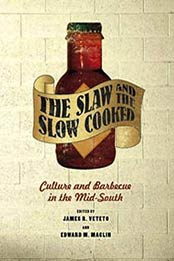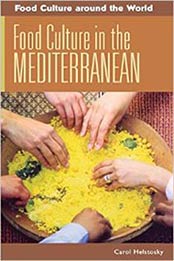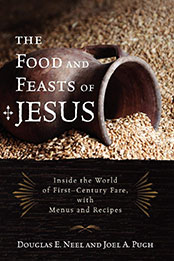The Slaw and the Slow Cooked: Culture and Barbecue in the Mid-South by James R. Veteto [0826518028, Format: PDF]
The Slaw and the Slow Cooked: Culture and Barbecue in the Mid-South by James R. Veteto
- Print Length: 232 Pages
- Publisher: Vanderbilt University Press
- Publication Date: January 30, 2012
- Language: English
- ISBN-10: 0826518028, 082651801X
- ISBN-13: 978-0826518026, 978-0826518019
- File Format: PDF
Texas has its barbecue tradition, and a library of books to go with it. Same with the Carolinas. The mid-South, however, is a region with as many opinions as styles of cooking. In The Slaw and the Slow Cooked, editors James Veteto and Edward Maclin seek to right a wrong–namely, a deeper understanding of the larger experience of barbecue in this legendary American culinary territory.
In developing the book, Veteto and Maclin cast a wide net for divergent approaches. Food writer John Edge introduces us to Jones Bar-B-Q Diner in Marianna, Arkansas, a possibly century-old restaurant serving top-notch pork and simultaneously challenging race and class boundaries. Kristen Bradley-Shurtz explores the 150-plus-year tradition of the St. Patrick’s Irish Picnic in McEwen, Tennessee. And no barbecue book would be complete without an insider’s story, provided here by Jonathan Deutsch’s “embedded” reporting inside a competitive barbecue team. Veteto and Maclin conclude with a glimpse into the future of barbecue culture: online, in the smoker, and fresh from the farm.
The Slaw and the Slow Cooked stands as a challenge to barbecue aficionados and a statement on the Mid-South’s important place at the table. Intended for food lovers, anthropologists, and sociologists alike, The Slaw and the Slow Cooked demonstrates barbecue’s status as a common language of the South.
Food Culture in the Mediterranean: (Food Culture around the World) by Carol Helstosky [0313346267, Format: PDF]
Food Culture in the Mediterranean (Food Culture around the World) by Carol Helstosky
- Print Length: 189 Pages
- Publisher: Greenwood
- Publication Date: March 20, 2009
- Language: English
- ASIN: B002AS9R0O
- ISBN-10: 0313346267
- ISBN-13: 978-0313346262
- File Format: PDF
Food that originated from the Mediterranean area is incredibly popular. Pasta, pizza, gyros, kebab, and falafel can be found just about everywhere. Many people throughout the world have a good idea of what Mediterranean cuisine and diet are all about, but they know less about the entire food culture of the region. This one-stop source provides the broadest possible understanding of food culture throughout the region, giving a variety of examples and evidence from the southern Mediterranean or North Africa (Morocco, Algeria, Tunisia, Libya, and Egypt), the Western Mediterranean or European side of the Mediterranean (Spain, France, Italy, and the French and Italian islands), to the eastern Mediterranean or Levant (Greece, Turkey, Syria, Lebanon, and Israel).
The Mediterranean region region is home to three of the world’s major religions, and for centuries, the Mediterranean Sea has been an invitation to trade, travel, conquest, and immigration. Where different cultures, beliefs, and traditions mix there is always volatility and tension, but there is also great energy. Understanding the food culture in the Mediterranean is one way readers can see how people of different regions come together, share ideas and information to create new dishes, meals, traditions, and forms of sociability. This volume answers questions such as Do people in the Mediterranean still eat the Mediterranean Diet or do they eat American style? Why is it that the same ingredients can be prepared in so many different ways, even in the same country? Why would cooks take the time to make foods like zucchini, lentils, or figs into dozens of different dishes? How and why do religious rituals differ regarding food preparation? What do Jews, Muslims, and Christians eat on religious holidays? Do people eat out or eat at home? Why is hospitality so important to Mediterranean people and what do they do to demonstrate hospitality and good will through the preparation and serving of meals?












